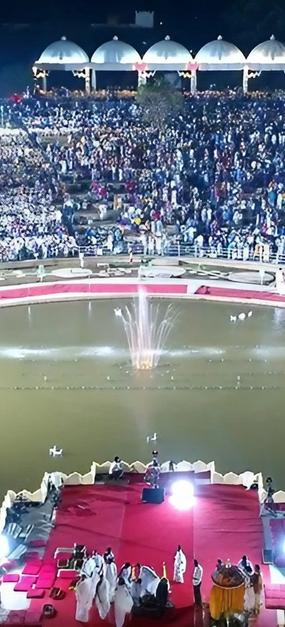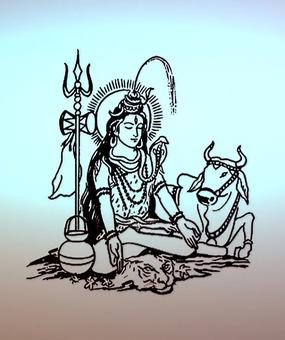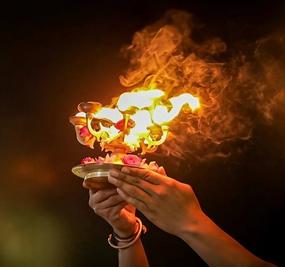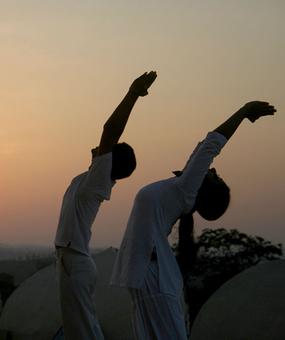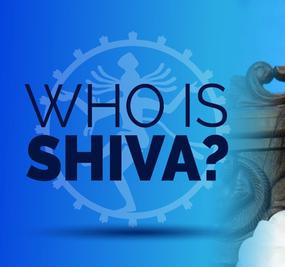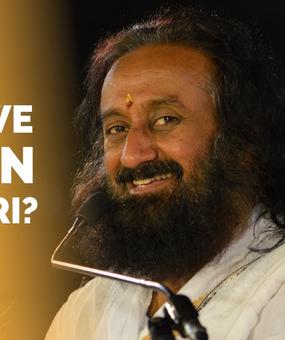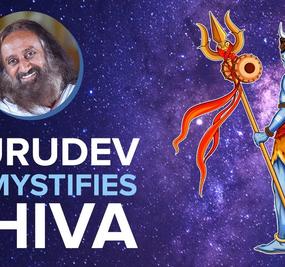Shivratri means “the night of Shiva”. It is observed in honour of Lord Shiva, the meditative aspect of the universe.
According to a legend from Shivapurana, when Shiva was asked by Parvathi what pleases him most, He is supposed to have replied thus: “The 14th night of the new moon, in the dark fortnight during the month of phalgun, is my most favourite day. It is known as Maha Shivratri”.
There’s one Shivratri every month — 13th day just before new moon. These are masa Shivratris, monthly Shivratris. Before full moon or close to new moon are times congenial for meditation. This is because the mind is connected to the moon. That’s why crazy people are called lunatics.
The Shivratri that falls on the month of phalgun is considered Maha Shivratri. If you cannot meditate every day or on the masa Shivratris, at least meditate during Maha Shivratri. Time and space do have some importance. When and where you meditate has a significance. But above all that is your atma shakti, your determination. If someone who wants to meditate, do good work, any time is good. If you want to do seva, sadhana and satsang they are not dependent on time. For those who are not in this mode, such specific times are important.
Before full moon or close to new moon are times congenial for meditation. This is because the mind is connected to the moon
– Gurudev
Worshipping Shiva
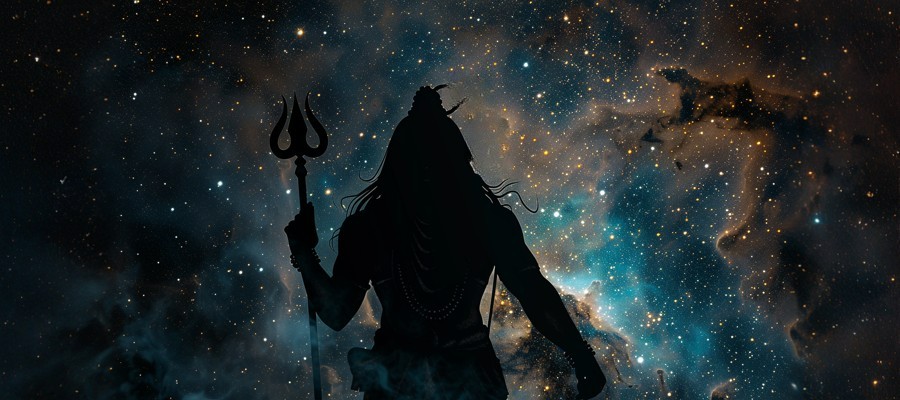
Shiva pervades the entire universe. He is in every atom of the universe. He has no form but is in every form and is full of compassion.
Linga means symbol (chinha in Hindi). Thus, the words “striling” and “pulling” in Hindi (female and male gender) have ling in them. Chinha is that through which you can recognize the whole consciousness represented in the linga.
In Tamil there is a saying “Anbe Shivam, Shivam Anbe,” meaning Shiva is love and love is Shiva – the soul of creation. Devotees fast on this day.
Devotees keep awake at night and the Shiva Lingam is worshipped throughout the night by washing it every three hours with milk, curd, honey, rose water and so on. All night the chanting of Om Namah Shivaya continues. Bael leaves (wood apple leaves) considered sacred to Lord Shiva are offered.
No worship is complete without offering something to the deity. Shiva is a very simple lord; he is innocent – Bholanath. One just needs to offer bael-patra to him. But in this simplicity is a deep message.
Bael-patra offerings signify the surrender of all three aspects of one’s nature – tamas, rajas and sattva. You have to surrender the positive and negative qualities of your life to Shiva and become free.
-Gurudev
Hymns in praise of Lord Shiva are sung. Traditional rituals are done to bring auspicious energy onto the earth and it enriches the space within. The Om Namah Shivaya Chanting is done to harmonize the five elements in the environment. Devotion plays the utmost role, however.
The whole creation is the dance of Shiva. The whole creation is the dance of consciousness, one consciousness, and one seed. The one seed, one consciousness danced and manifested into a million species in the world. This infinite creation is the dance of Shiva — Shiva tandav. The whole world is a place of Shiva.
The consciousness, which is bliss, innocence, omnipresent and the bestower of dispassion, is Shiva. The whole world is moving in an auspicious rhythm of innocence and intelligence that is Shiva – the permanent and eternal source of energy, the eternal state of Being, the one and only one.
Why is it Shivratri, not Shiva din?

Some ask why it is Shivratri (night of Shiva), not Shiva din (day of Shiva). Ratri means that which gives rest, takes you into its lap and comforts. Night is always comforting. All activities stop. Everything is quiet and peaceful. Even the crows are not crowing. The environment becomes quiet. The body gets tired and goes to sleep.
Shivratri is deep rest. When the mind, intellect and ego rests in the divine that is real rest. Ratri has a different meaning actually – that which gives relief from three types of problems is ratri. What are the three things? Shanti, Shanti, Shanti: Peace to the body, to the mind, and to the soul – adhyatmik, adhibhoutik and adidaivik.
Ratri means that which gives rest. Shivratri is deep rest. When the mind, intellect and ego rests in the divine that is real rest
-Gurudev
Three types of peace are needed. First is material peace. If there is a disturbance around you, you cannot sit and stay peaceful. You need peace in your environment, and you need peace in the body and the mind. The third type of peace is peace in the soul. You may have peace in the environment. You may enjoy health in the body, and, to some extent, peace in the mind, but if the soul is restless, nothing can comfort you. So peace in the soul is also essential.
Only in the presence of all the three types of peace can there be complete peace. Without one, the other is incomplete. Shivratri is transcendental, divine consciousness which brings solace to all layers of consciousness.



